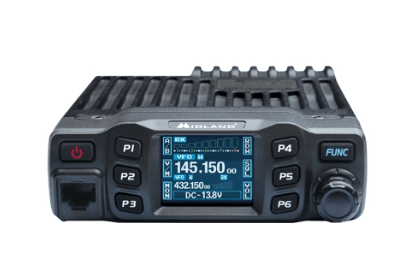Are Ham Radios Still Relevant in 2021?

Table of Contents
A ham radio (officially called an amateur radio) is a two-way personal communication device. It is considered an amateur radio for non-commercial use, such as communication exchange, radio-use training, recreational activities, and emergency communication. This amateur specification differentiates it from commercial broadcasters. Amateur radios operate on frequencies that are allocated to the amateur radio service by either the Federal Communications Commission (FCC) in the US or the International Telecommunication Union for the rest of the world.
There is a sizable community of enthusiasts, particularly in the online sphere. Despite the perception that these devices are no longer relevant due to the development of smartphones, ham radios serve an important purpose in society. Apart from being trustworthy communication devices in emergency and disaster communication, they are used to teach a valuable skill set. Radio broadcasters must receive licensing and certification with the US FCC before they are legally allowed to transmit.
3G, 4G, 5G, LTE, Bluetooth, and Wi-Fi are all forms of radio communications. As technology continues to rely on these forms of radio operations, amateur radio skills remain relevant in 2021.
History of Ham Radio
The first known ham radio use dates to the late 1800s, but it wasn’t until the early 1900s that it was regularly practiced. Since its origins, amateur radio has been known as an experimental tool and a hobby. However, the science and teachings behind it have been lauded as contributors to the development of various industries, such as engineering, science, and social sciences. For example, the development of quartz crystal radio transmitters was done predominantly by amateur radio users.
Around the time when amateur radio began, operators who lacked Morse code transmitting abilities were called ham-fisted. Due to the amateur designation assigned to this type of radio, operators were referred to as “ham radio operators.” While it was initially a disrespectful nickname, the amateur radio community reclaimed it and used it as an identifier.
Popularity of Ham Radios Today
Are ham radios still relevant? Ham radios remain popular among hobbyists. They provide a fun way to communicate recreationally, and the process of gaining an amateur radio license is educational and practical. There are groups, leagues, and clubs for amateur radio users.
In the US, there are more than 750,000 amateur radio license holders, with this number growing at a modest 1% per year, according to the National Association for Amateur Radio (ARRL), and over half of these people also hold a Technician license.


